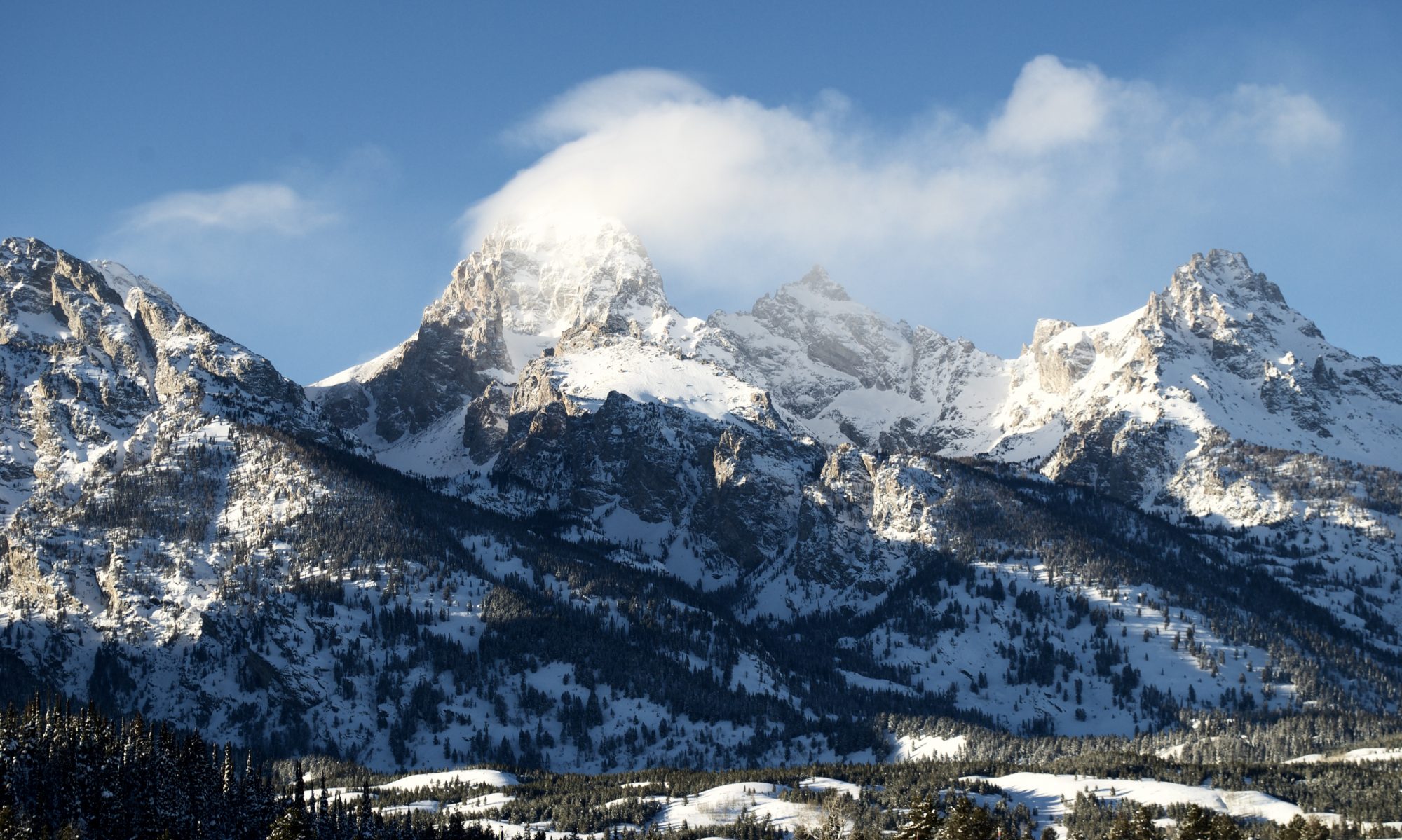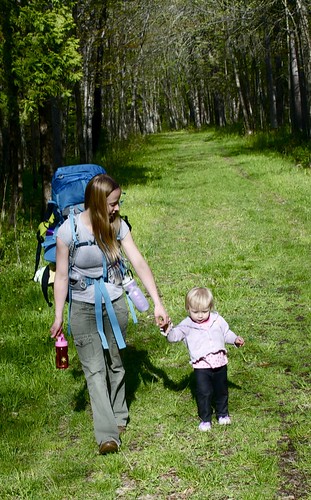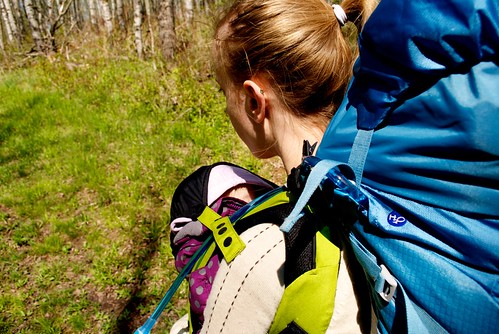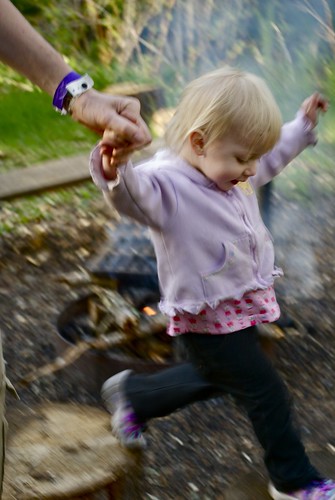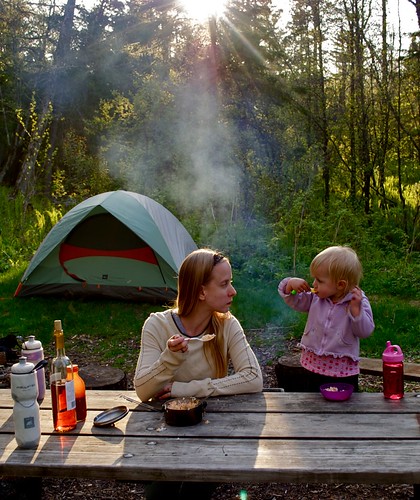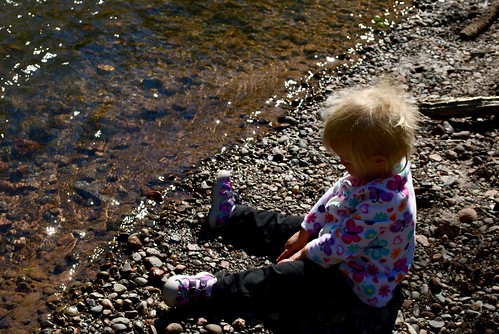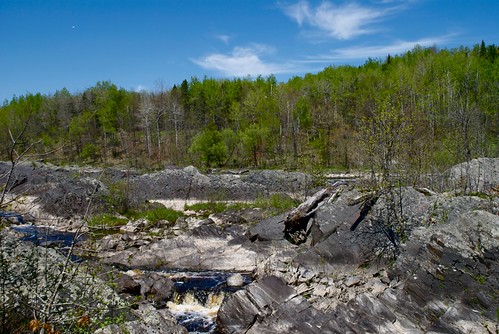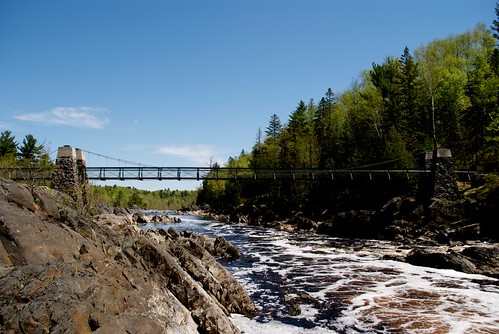
Food is often a topic of discussion, everyone needs it, everyone has their own taste, and in the world today much of the food can rarely be classified as such. As a former vegetarian of ten years, I still eat as healthy as possible, not just to eat healthy but because it usually tastes better. Food that is grown organically nearby is by no doubt fresher than anything that travels thousands of miles refrigerated or chalk full of preservatives. One lesson I’ve learned over the years is, “If you can’t say it, don’t eat it.” Jamie Oliver illustrates that well in this video.
More often than not I choose to eat alternatives to meat as I feel they go better with some meals. Many dishes we eat didn’t have meat in them until they were americanized, that is why I choose tofu when I cook stir fry, cook an all veggie curry, or go for many other vegetarian style dishes. When I do eat meat I look for locally raised meat that has been treated with respect. I do my best to avoid fast food, but the life of a musician leads to eating on the road and it is hard to convince a bunch of guys with little money to eat healthy, in fact I am often the butt end of a joke for doing so. After seeing a video like this, it is really hard to bring yourself to eat fast food again…
It just goes to show how the mentality of today is screwed up when it comes to food. People go for what is cheep and easy without thinking twice about what is in their meals. What is considered cheap now can lead to health problems and expensive hospital bills. People also go for what they know, afraid to try new things they stay in a cycle of eating unhealthily without giving anything else a chance.
I lived a sheltered life for many years in the City of Madison, Wisconsin where in many of the neighborhoods I lived, it was the norm to eat healthy. There was a wonderful food coop a short walk away that I tended to use as my pantry, I was there almost every day. To top it off, every Saturday there is a large farmer’s market down on the Capital Square.
Then I moved away and soon realized that Madison is abnormal. I knew this in the back of my mind, but it hit home when I went to the grocery store in the little town of Weyauwega and couldn’t find anything I was used to. I found the closest grocery that had rice milk was 20 minutes away.
Living in Appleton, isn’t as bad. Most grocery stores have natural food isles and there is the Free Market and Red Radish that remind me of a smaller versions of the Willy Street Coop in Madison. There are a few Farmer’s Markets and local CSA farms as well. We also have a small garden to supplement our groceries.
When eating out we often choose The Stone Cellar Brewpub for they cook locally grown meat and vegetables as well as compost their leftovers. They even give up their used grains from brewing to the farms where they get their meat to use as feed for the animals.
If you noticed, I have been trying to chose my words wisely in this post. I don’t always eat the healthiest foods, nor do I always eat organic and free range, but I do try to whenever possible. I try to respect my body as well as other people’s cooking. I’m not trying to tell people what to eat, I’m just giving reasons to why I eat the way I do, and if someone chooses to learn from my habits and the information presented in this post I’l be happy.
Other resources:
Local Havest – “The best organic food is what’s grown closest to you. Use our website to find farmers’ markets, family farms, and other sources of sustainably grown food in your area, where you can buy produce, grass-fed meats, and many other goodies.”
Jaime Oliver’s Food Revolution Hulu Website
Food Inc. “An unflattering look inside America’s corporate controlled food industry.” Netflix IMDB
Super Size Me “Morgan Spurlock explores the consequences of a one month diet of solely McDonald’s food.” Netflix IMDB
